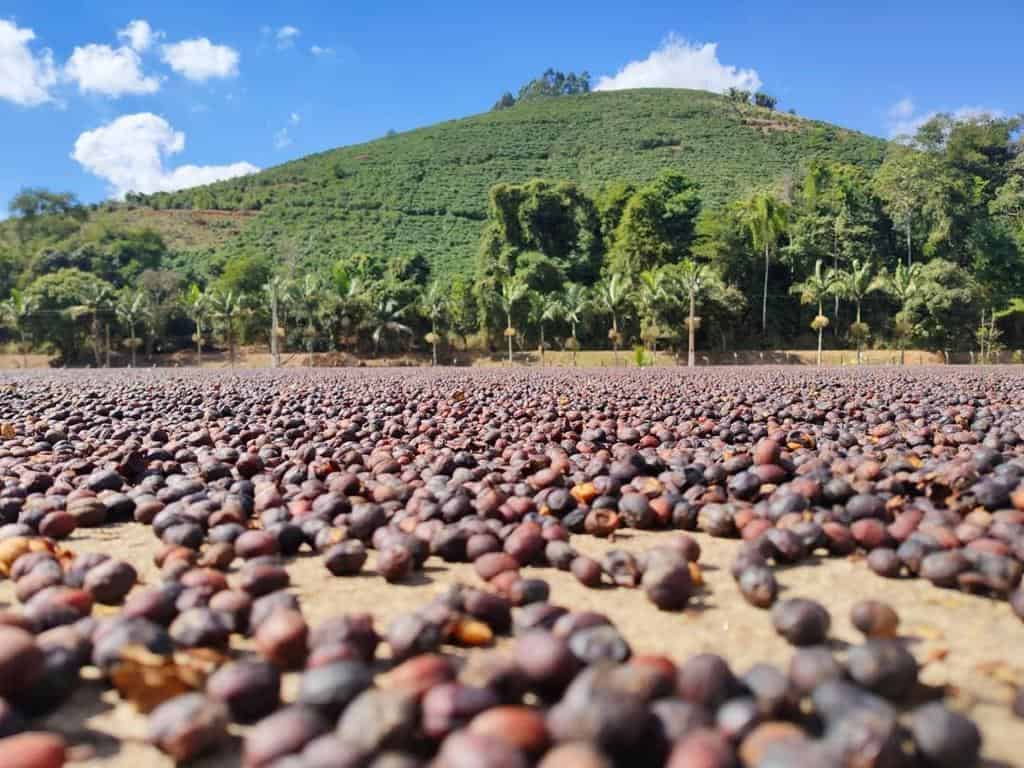

The Influence of Climate and Altitude on Coffee Quality
The climate and altitude of the plantations play an important role in the development and preservation of coffee aromas. At 24Terre, we select our coffees from micro-plantations, directly from producers in exceptional geographical regions, able to meet our demanding criteria with an adequate shade and altitude situation, cherry picking by hand and at maturity, manual sorting for a flawless coffee, a careful bean improvement method (washed, semi-washed, natural or honey) and single harvest. Here in detail the role of altitude, climate and biodiversity in coffee bean producing regions
The Role of Altitude
Coffees grown at high altitudes, above 1500 meters, such as in Guatemala or Ethiopia, benefit from cooler temperatures that slow down the ripening of the coffee cherries. This slow process allows the beans to develop a higher density, giving complex aromas and a lively acidity, often characterized by floral and fruity notes. Conversely, coffees grown at low altitudes, between 800 and 1200 meters, develop sweeter and chocolatey aromas, as is the case with Brazilian coffees.
The Impact of Climate
Climate influences the flavor profile of coffee beans, whether through temperature, rainfall, or seasonality. For example, a regular rainy season allows cherries to ripen evenly, creating a balanced coffee. Dry spells, on the other hand, concentrate sugars in the cherries, which can bring sweet, syrupy notes to natural coffees.
Biodiversity and Soil
The type of soil (volcanic, clayey, sandy) and the surrounding biodiversity, such as shade trees, also influence the development of cherries. Mineral-rich soils, typical of volcanic regions such as Guatemala’s “Our Coffee from La Plantation San Gerardo”, bring mineral notes and great finesse to the coffees.
Explore our selection and order freshly roasted coffee now!
To learn more about the history of our plantations and discover the unique flavors of our coffees: )
Our coffees



